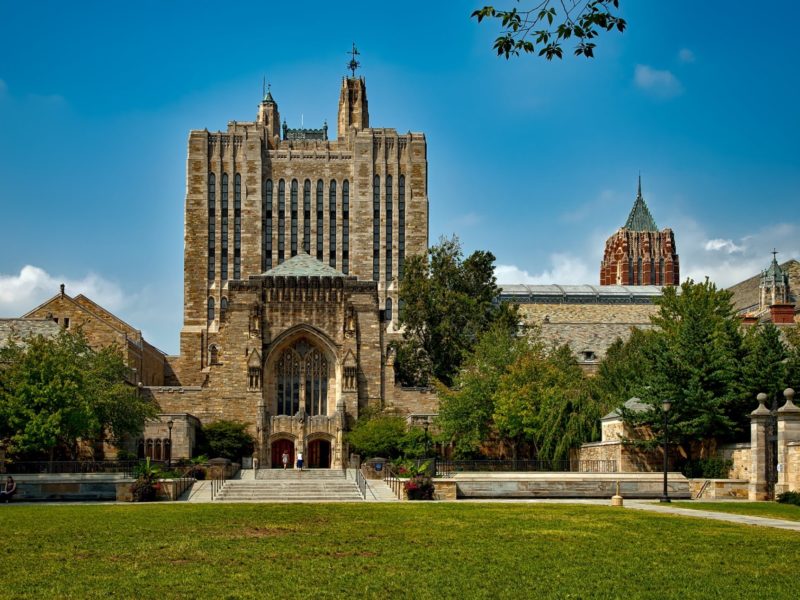“Shots fired” followed by the name of your child’s school are no words that any parent ever wants to hear. In the United States, school shootings aren’t becoming an epidemic. They are an epidemic. Consider these frightening statistics:
- The odds of a student being involved in a school shooting (by grade):
- High school: 1 in 21,000
- K – 12: 1 in 53, 925
- Elementary school: 1 in 141,463
- Since 2000, there have been 211 school shootings.
- In 2017, there were a staggering 63 school shootings.
- As of this writing (Feb 2018), there have already been 8 shootings on school campuses, indicating a growing trend of school shootings in coming years.
Any rational parent would ask whether any of these could have been prevented. The truth is that if we can understand what causes school shootings to occur, we can take preventative measures at home and in the classroom to stop this senseless outbreak of gun-related violence. Now that we live in the age of terror, it’s important to realize that your children are more likely to be involved in a school shooting than a terrorist attack.
In this series entitled “Anatomy of an Active Shooter Event”, we’ll take a look at a number of factors that create the perfect storm leading to a school shooting.
- Part 1: Before an active shooter event
- Part 2: During an active shooter event
- Part3: Immediately after an active shooter event
- Part 4: Months after an active shooter event
* * *
It’s the oft-heard lament of those who’ve experienced a school shooting in their community:“How could this happen here?” Often, there can be very few obvious signs that a student, an individual, or a group is actively making plans to harm or murder those in school. What may seem obvious in hindsight may be hiding in plain sight.
If you see something, say something. Parents can’t afford to be nice and give the benefit of the doubt, especially when their intuition is telling them otherwise.
School Security
Take note of school security. Are they actually performing their job and ensuring the safety of your child’s school, or are they poorly trained and just cashing a check? A well-trained security team can help save lives even if a shooter manages to infiltrate a school.
Remember that motivated killers, whether they are children or adults, take notes on how they plan to exact their violence. If there’s a weak point in school security, chances are that others know this. This includes how easily both those familiar with a lax security protocol and outsiders can access the school grounds or alternate entrances (i.e. an adjoining forest or park). Even if the main entrance has a metal detector, that doesn’t guarantee that the gym or cafeteria can’t be accessed easily. Often, school and colleges are blindsided when a student or a deranged individual is able to simply walk onto campus, bypassing security and onlookers, and carry out their evil plans.
Lack of Preventative Measures
There is no excuse for a modern school not to have a protocol for its students to follow when there is such a high frequency of school shootings. This should include simulated lockdowns and drills to ensure that students and staff know where emergency exits are and what measures to take to reduce casualties. Preparing for the worst case possible situation not only saves if a shooting occurs but can also act as a deterrent for possible shooters.
Recognizing the Signs of a Possible Shooter
One key element that makes up most shootings is that many are planned weeks or months in advance of occurring. This makes it important to stay informed about the well-being of not only your child, but their classmates as well. Certain behaviors can be telltale signs about whether a student is thinking about using a gun on a student. If your child mentions something suspicious they noticed, whether it is a friend confessing to “hating the world” or another showing off their parent’s weapons, it is important to treat these incidents seriously.
More information about recognizing the possible signs of a shooter can be found here.
Wealth Inequality
According to research, when there is a large gap between the have’s and have-nots, the disparity leads to bullying and only limited social opportunities are available for those perceived as less fortunate. Students who become marginalized often are segregated and made to feel like an outsider, which breeds discontent and thoughts of violence.
Adding to this, some schools may not have the financial resources to reach students, including crisis counselors or staff that are properly trained to recognize the signs of potential school shooters. This leaves some children to feel isolated and passed over, strengthening their discontent.
Gun Culture
Unfortunately, school shootings are a uniquely American phenomenon.
Michael Moore’s 2002 documentary, Bowling for Columbine, makes a case for what lies at the heart of what caused the mass shooting in Columbine, CO, leading to the deaths of 13 students and staff. Moore’s conclusion is that America’s gun culture—i.e. the ease of obtaining weapons—is what provides proverbial gasoline that only needs a spark of discontent to ignite.
It may not eradicate the problem of gun violence, but it certainly is obvious to draw the correlations between gun ownership and those who use readily-accessible weapons stored in a home. Children and individuals that come from homes that have guns simply have access to tools to harm and kill others. If you notice that some parents have a laissez-faire attitude towards their arms, be sure to talk to them about school shootings and whether their weapons are safely secured.
* * *
Remember, failure to prepare is preparation for failure. Taking an active involvement in your child’s school can be a deciding factor in ensuring that your child’s school doesn’t become another statistic.
https://nightlock.com/recognize-the-possible-signs-of-a-shooter/


 Anatomy of an Active Shooter Event: During
Anatomy of an Active Shooter Event: During